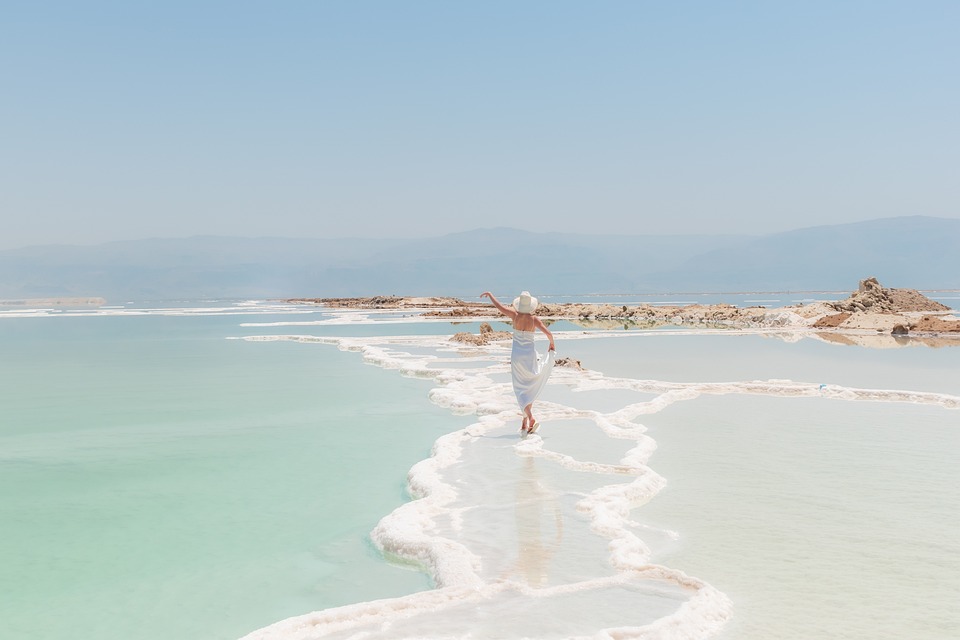Breaking Stereotypes: Celebrating Diversity in the Dance Community
Introduction:
Dance has always been a powerful medium of expression, a universal language that transcends boundaries and brings people together. However, for many years, the dance community has been plagued by stereotypes and a lack of diversity. Thankfully, in recent times, we have witnessed a positive shift in embracing different cultures, abilities, and body types. This article delves into the importance of breaking stereotypes and celebrating diversity in the dance community.
The Stereotypes:
For far too long, dance has been painted with a narrow brush, showcasing limited representations of what it means to be a dancer. Traditionally, ballet and classical dance forms have been considered the epitome of dance, creating a stereotypical image of a slender, white, and able-bodied dancer. This limited perspective has perpetuated exclusion and discouraged diversity.
Celebrating Cultural Diversity:
A celebration of diversity begins with acknowledging and appreciating the wide range of cultures that contribute to the dance community. Each culture possesses its unique dance forms and styles, deeply rooted in history and tradition. By embracing and learning from these diverse dance practices, we expand our understanding of movement and broaden our perspective on what constitutes dance. This inclusivity not only helps break stereotypes but also fosters cross-cultural connections and promotes cultural exchange.
Embracing Different Abilities:
Another aspect of diversity within the dance community lies in embracing different abilities. Physical limitations should never be a barrier to pursuing a passion for dance. Many individuals with physical disabilities have defied societal expectations and excelled in various dance styles, proving that dance knows no bounds. Organizations and initiatives which promote adaptive or inclusive dance practices aim to provide opportunities for everyone to express themselves through movement, regardless of physical abilities.
Body Positivity and Size Inclusivity:
The dance industry has long been criticized for promoting a narrow definition of the “ideal” dancer’s body. This ideal often involves being tall, slender, and possessing a certain body shape. However, times are changing, and more diversity is being celebrated in terms of body positivity and size inclusivity. Plus-size dancers are stepping onto center stage and demonstrating their exceptional talent, dispelling the notion that dance is only for those with a specific body type. This shift creates a healthier environment, fostering the self-esteem and confidence of dancers, regardless of their size or shape.
Breaking Gender Stereotypes:
Gender stereotypes have inevitably influenced the dance community, with certain dance styles historically being associated with a specific gender. However, this preconceived notion limits the potential and creativity of dancers. Breaking gender stereotypes in dance allows all individuals to express themselves authentically and freely, expanding the boundaries of what is considered “appropriate” or “acceptable” for a specific gender. This narrative shift encourages dancers to explore various dance styles and challenge societal norms.
Promoting LGBTQ+ Inclusivity:
The dance community has also made strides in promoting inclusivity for LGBTQ+ individuals. Historically, many dancers faced prejudice and discrimination due to their sexual orientation or gender identity, leading to a lack of representation in the dance world. Thankfully, this has changed over time, with LGBTQ+ dancers rising to prominence and playing an essential role in shaping the dance community. LGBTQ+ performers serve as powerful role models for others, inspiring self-acceptance and promoting an inclusive space for all dancers.
Conclusion:
The dance community is gradually breaking free from the shackles of stereotypes and embracing diversity in all its forms. By embracing different cultures, abilities, body types, genders, and sexual orientations, dance becomes a platform for self-expression and personal growth for everyone. The celebration of diversity not only enriches the dance community but also encourages positive change in society as a whole. Let us continue to break down barriers, challenge stereotypes, and create an inclusive space that celebrates the beauty of diversity.

